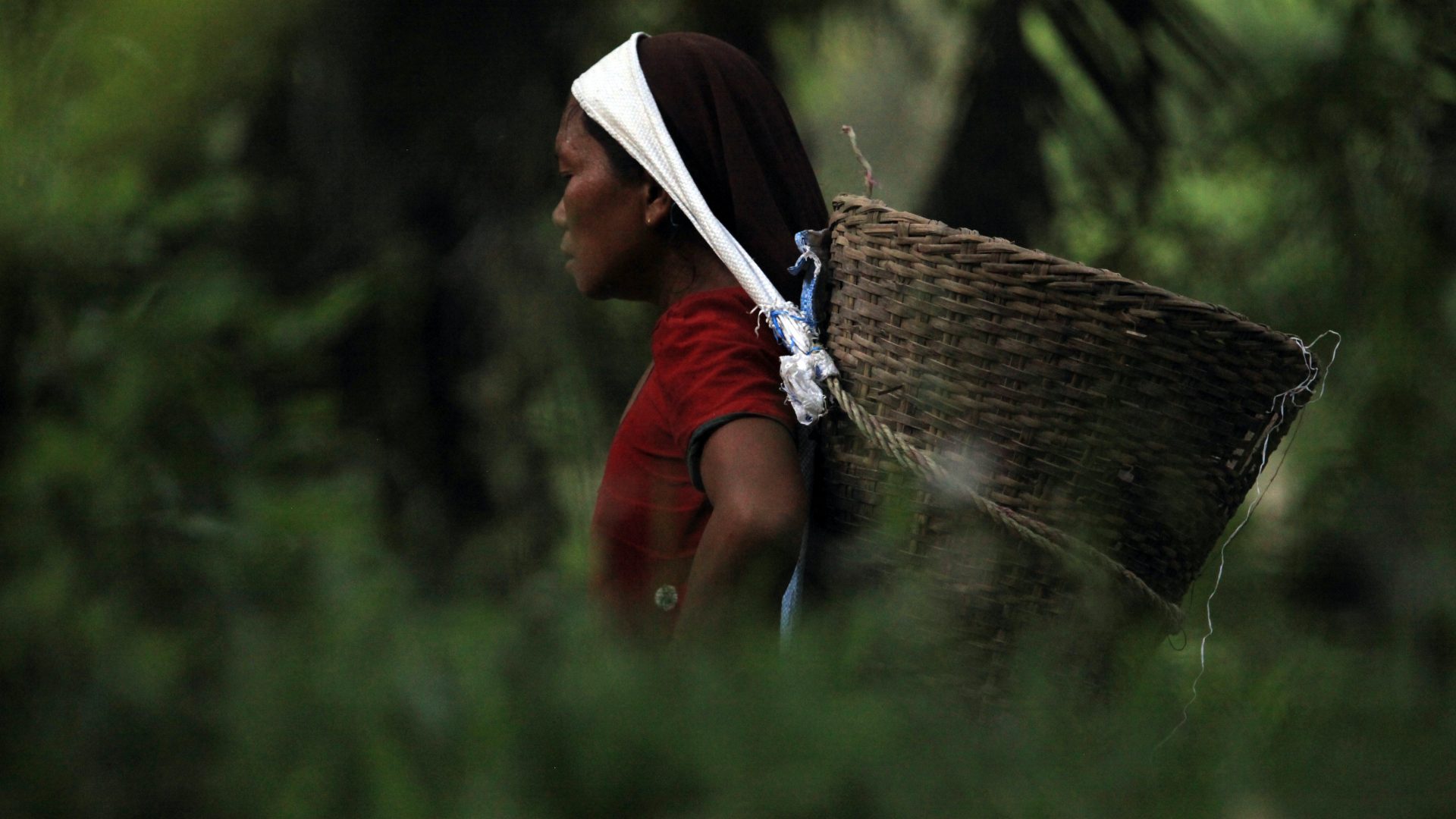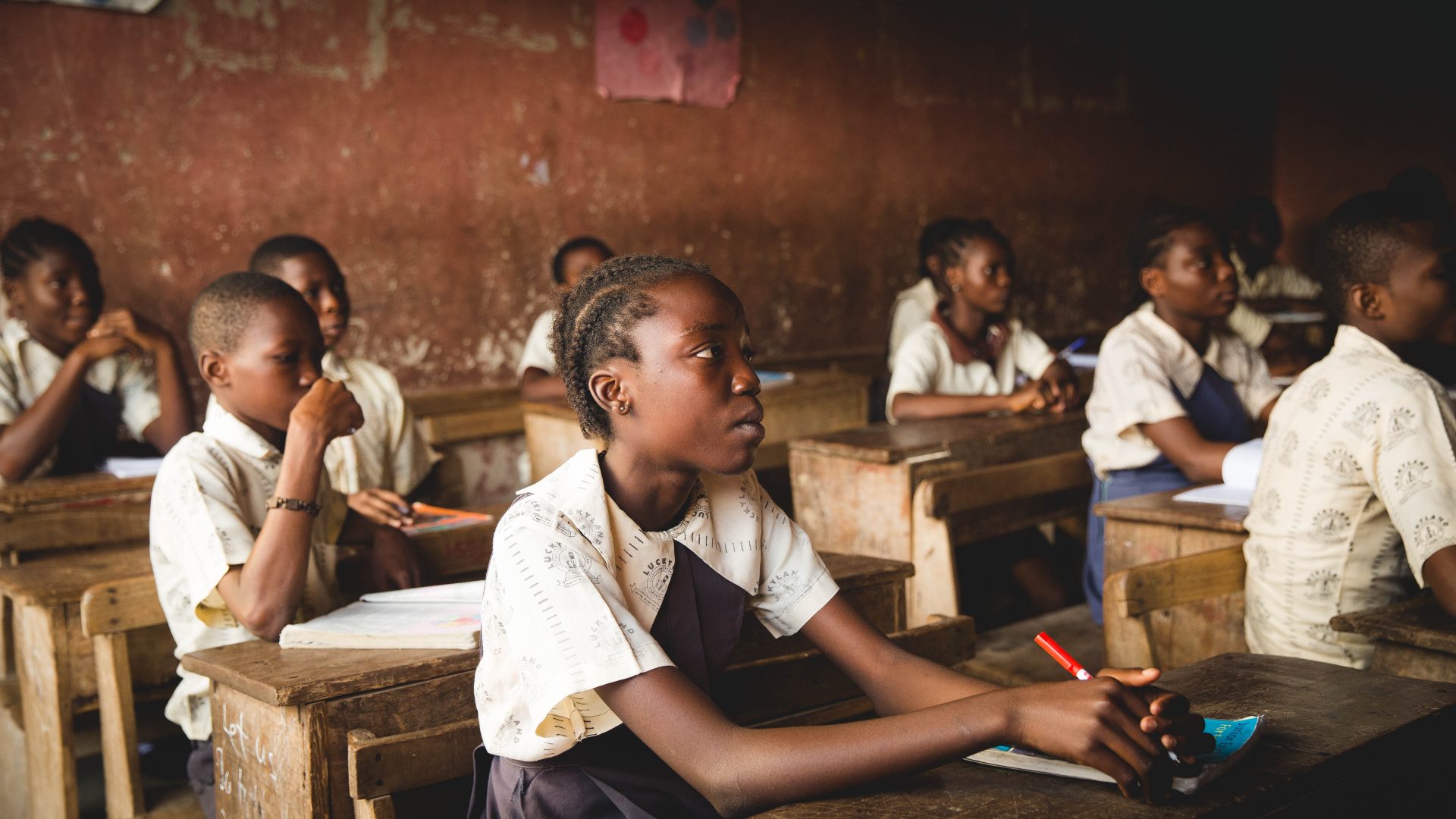- National stakeholders and partners such as the Ministry of Health or Gender and Development
The HIV/TB Gender Assessment Tool can be used to inform national planning and budgeting for gender-responsive and gender-transformative TB and HIV responses. It provides step-by-step guidance to identify the gender-related barriers to services and specific needs of women, men, transgender people, and key and vulnerable populations in the context of HIV, TB, or HIV/TB co-infection.
The participatory nature of the assessment process and the advocacy and communications guidance provided are designed to increase and reinforce political commitment, to strengthen civil society engagement and capacity, and to centre the experiences of key and vulnerable populations.

Gender-related impediments may include stigma, discrimination, gender-based violence, harmful societal gender norms (such as gender imbalances and harmful definitions of masculinity or femininity), access to resources, and discrimination based on gender identity, sexual orientation, age ethnicity, occupation, or marital status.
This stage provides strategic guidance for how to secure high-level national commitment by identifying and strategically engaging key decision-makers (step 1); establish a multidisciplinary and multi-sectoral gender assessment team (step 2); and develop a detailed gender assessment framework, including agreed-upon goals, guiding principles, and root concepts, as well as a stakeholder analysis and messaging strategy (step 3).
This stage (steps 7-9) provides guiding questions to examine the HIV and TB epidemic from a gender perspective, including collecting sex-disaggregated data on HIV and TB prevalence, incidence, and the behavioural context, as well as information on relevant social, cultural, economic, political, and legal factors.
This stage (steps 10-12) provides guiding questions to better understand national HIV, TB, and HIV-TB co-infection responses from a gender perspective.
This stage provides an analytical framework to use all of the information gathered to identify major gaps and opportunities and influence policy agendas. It also includes key steps for building a post-assessment advocacy and communications plan to drive the implementation of a strategy for gender-transformative or gender-responsive HIV and TB responses.





